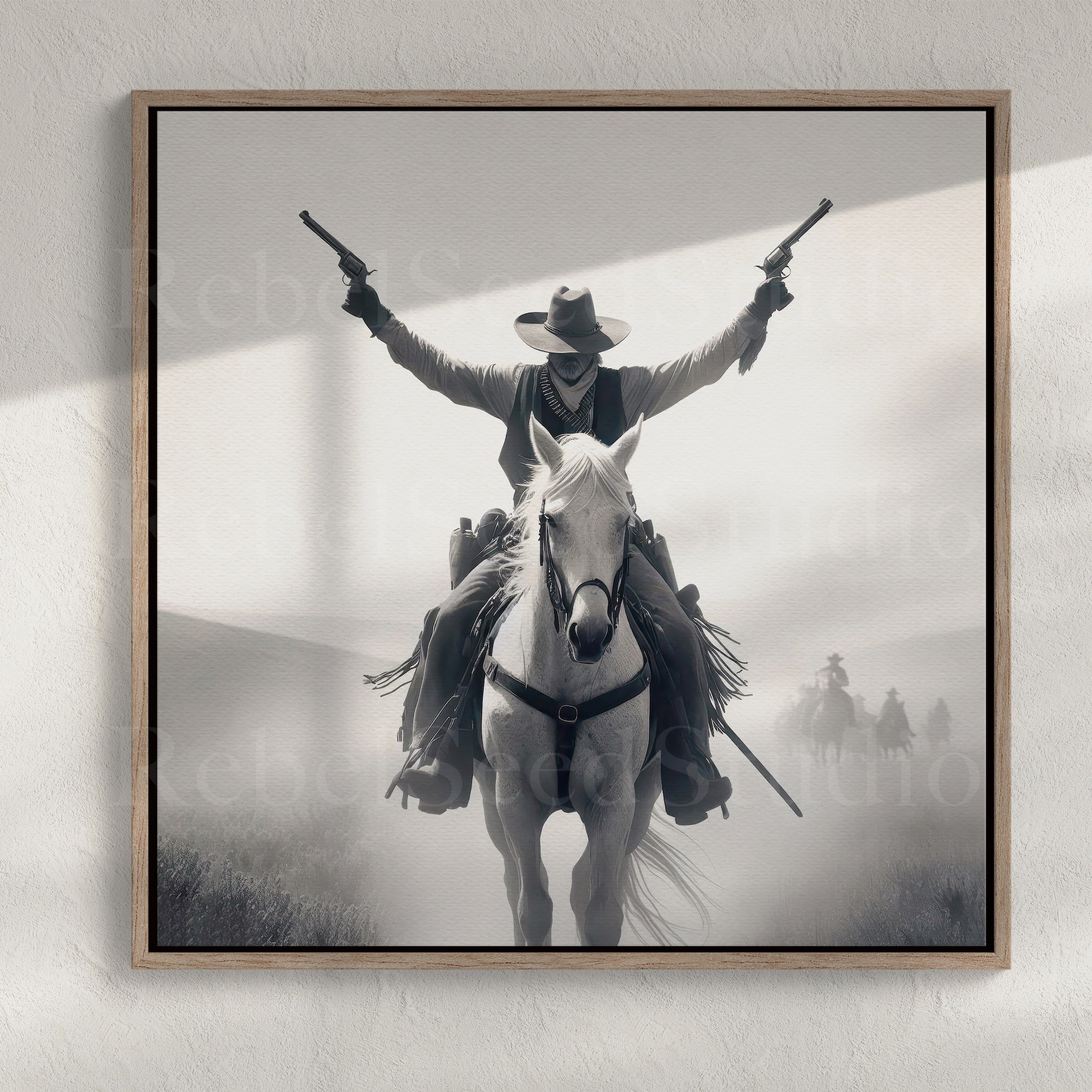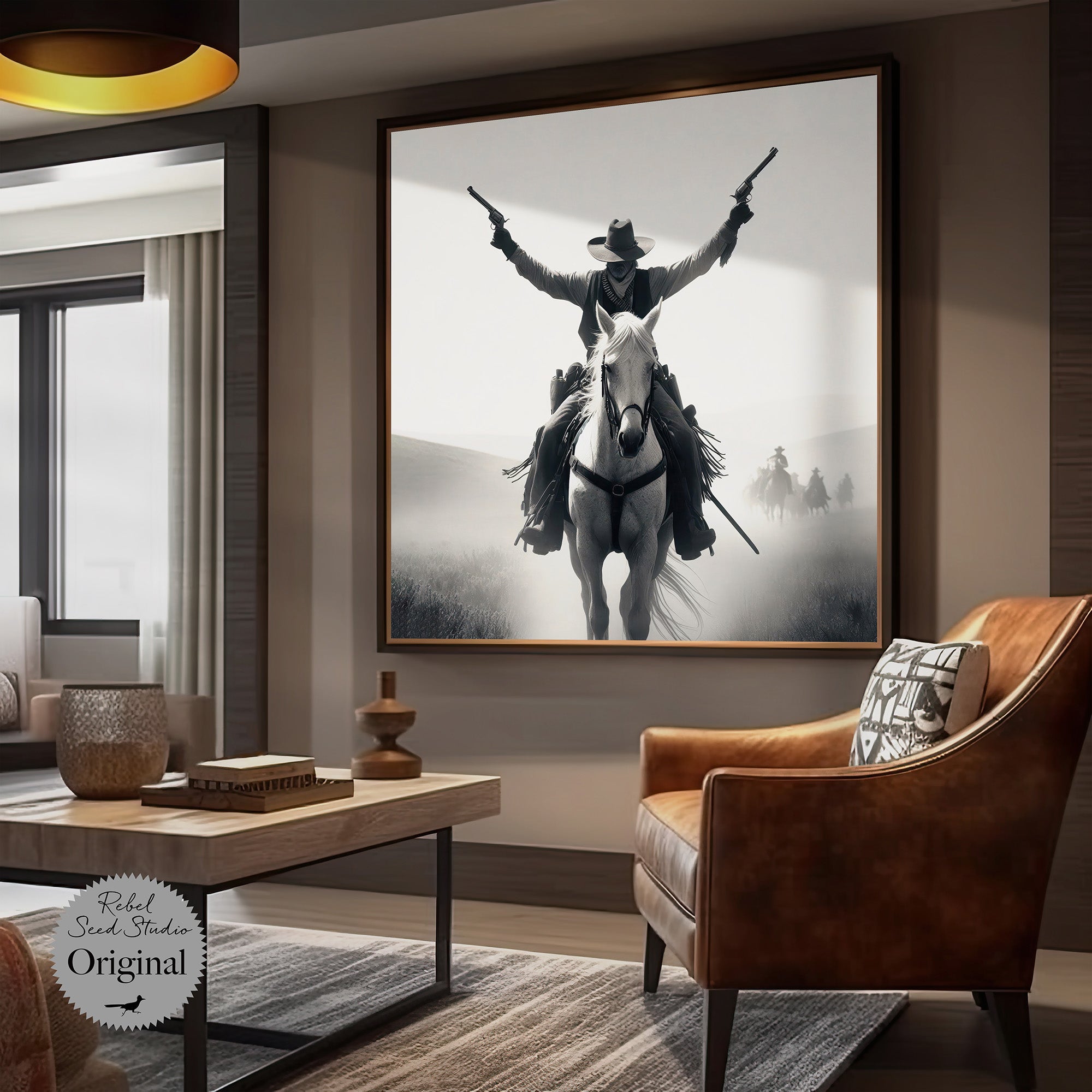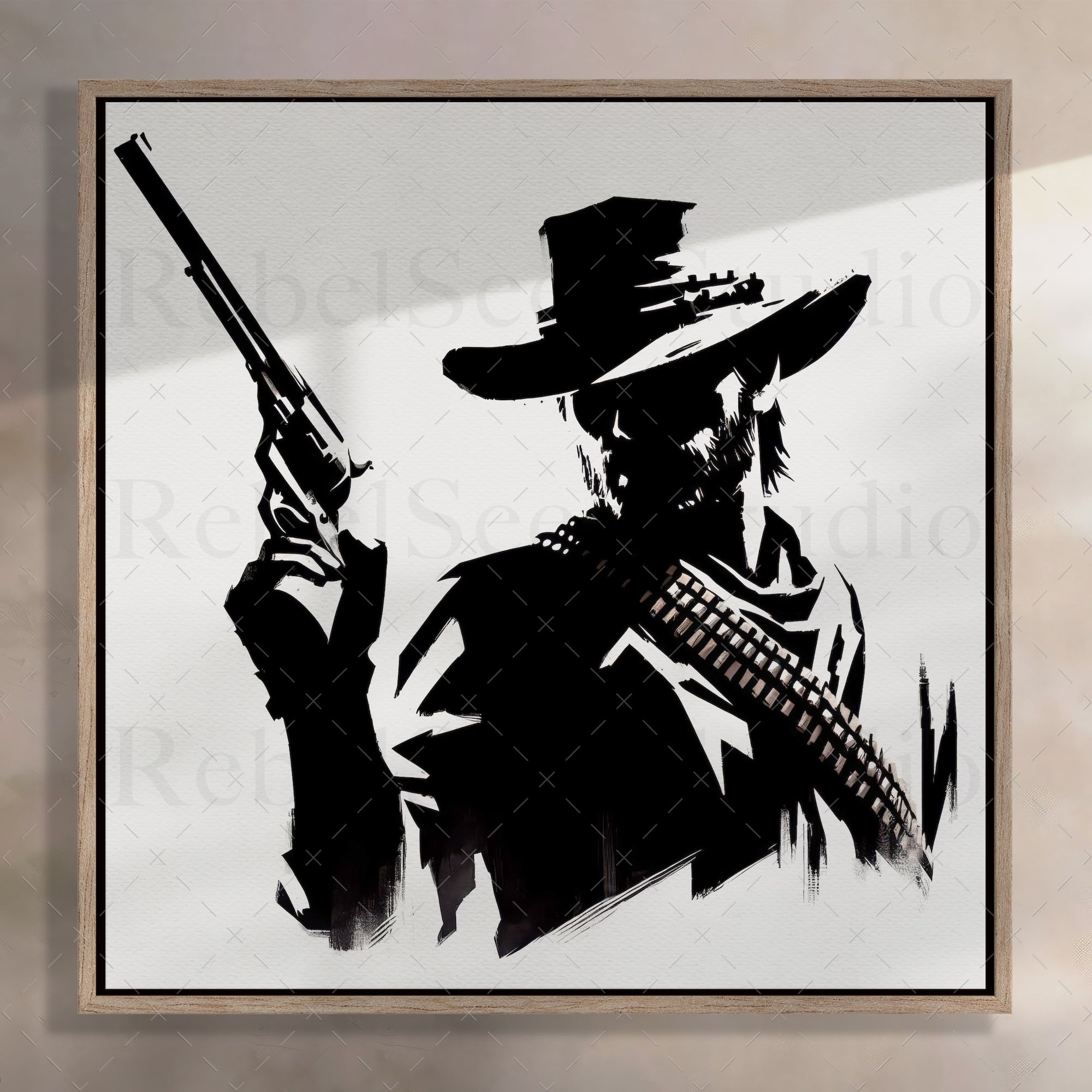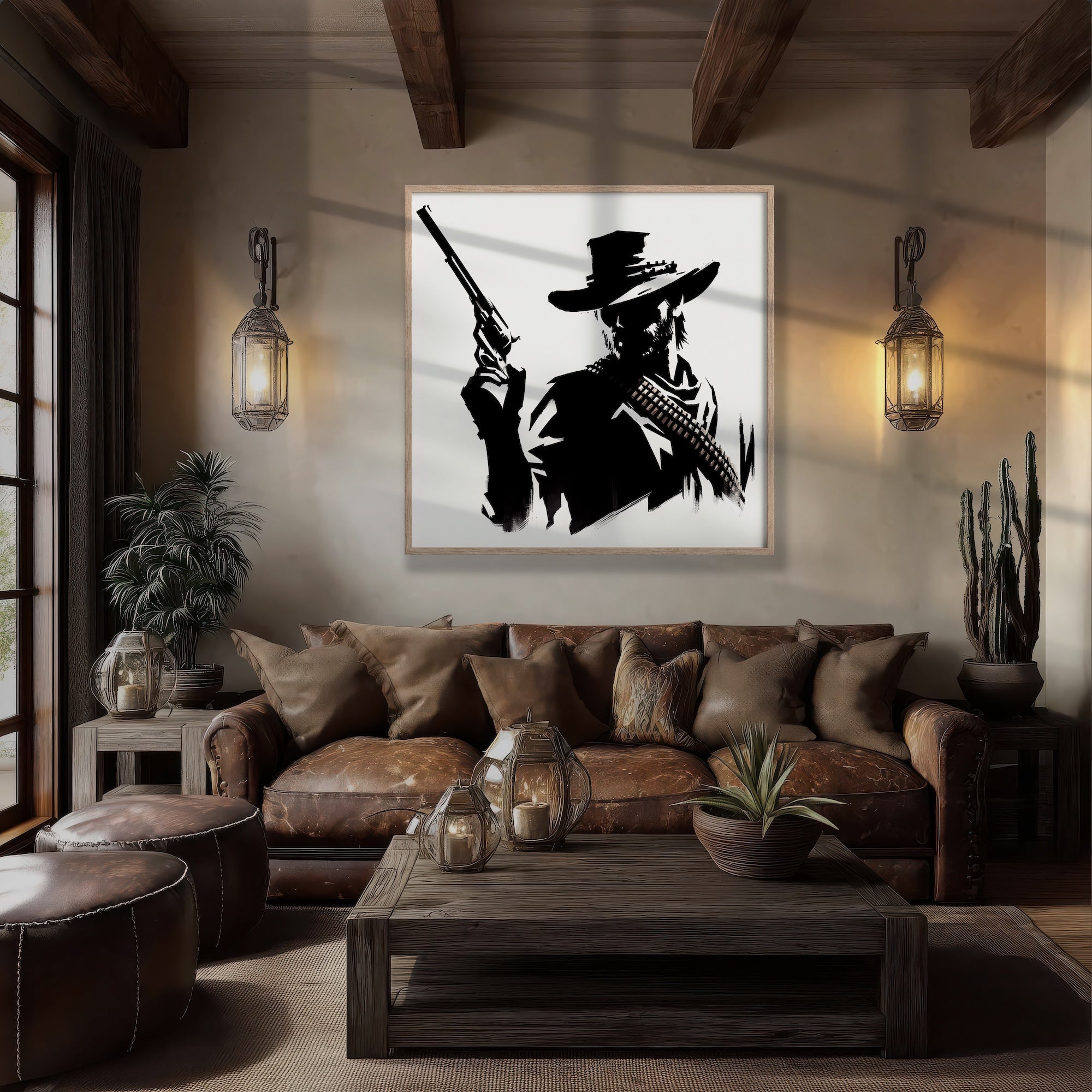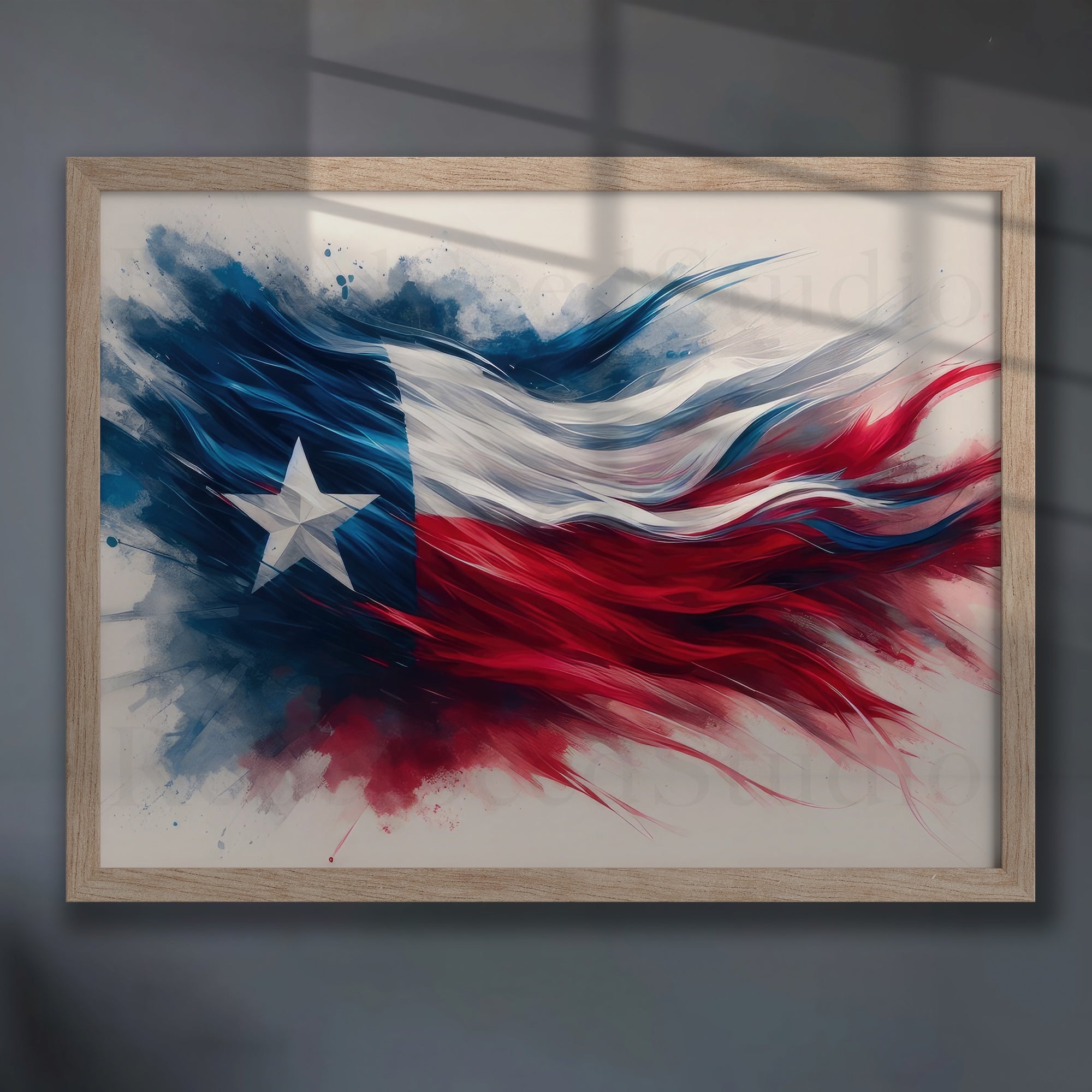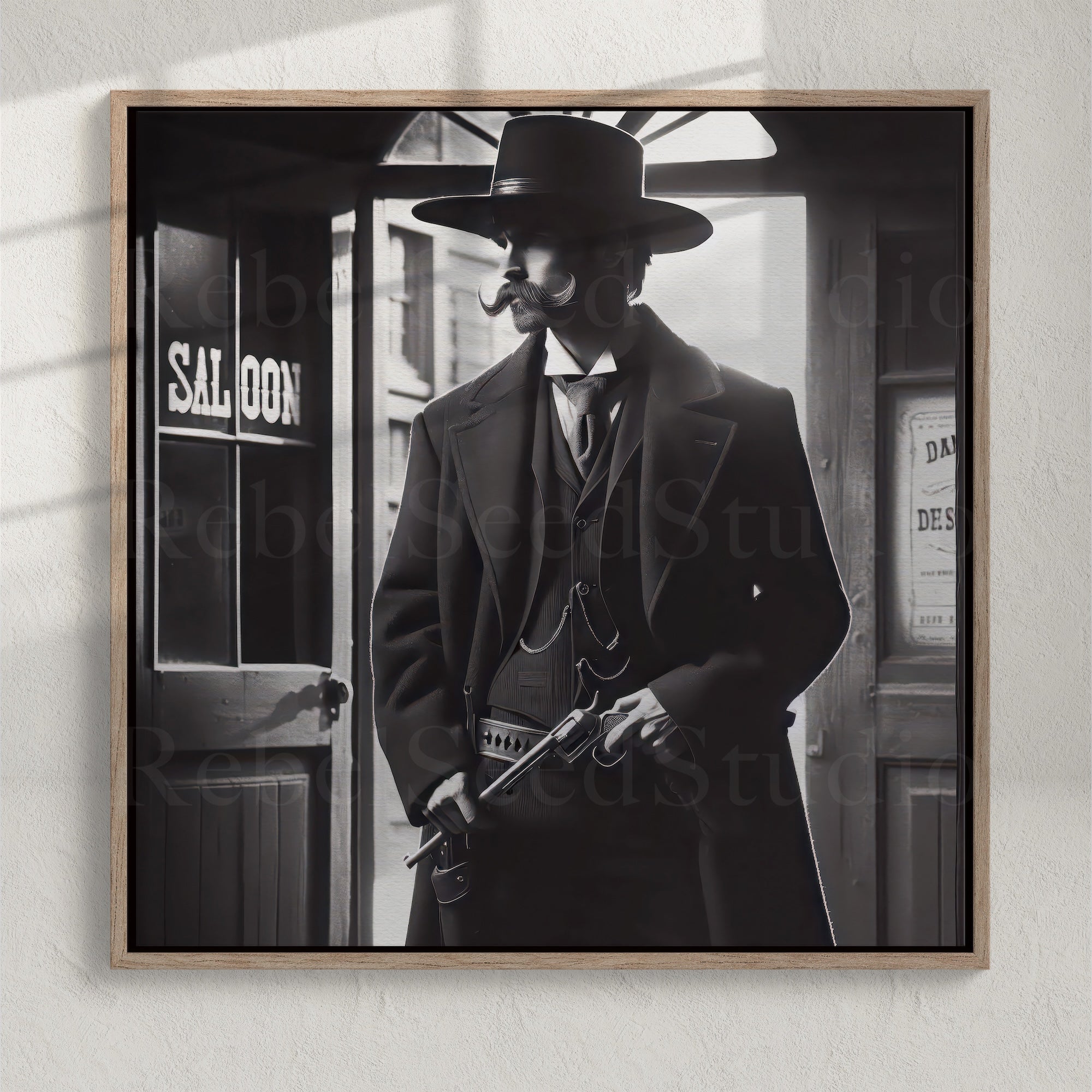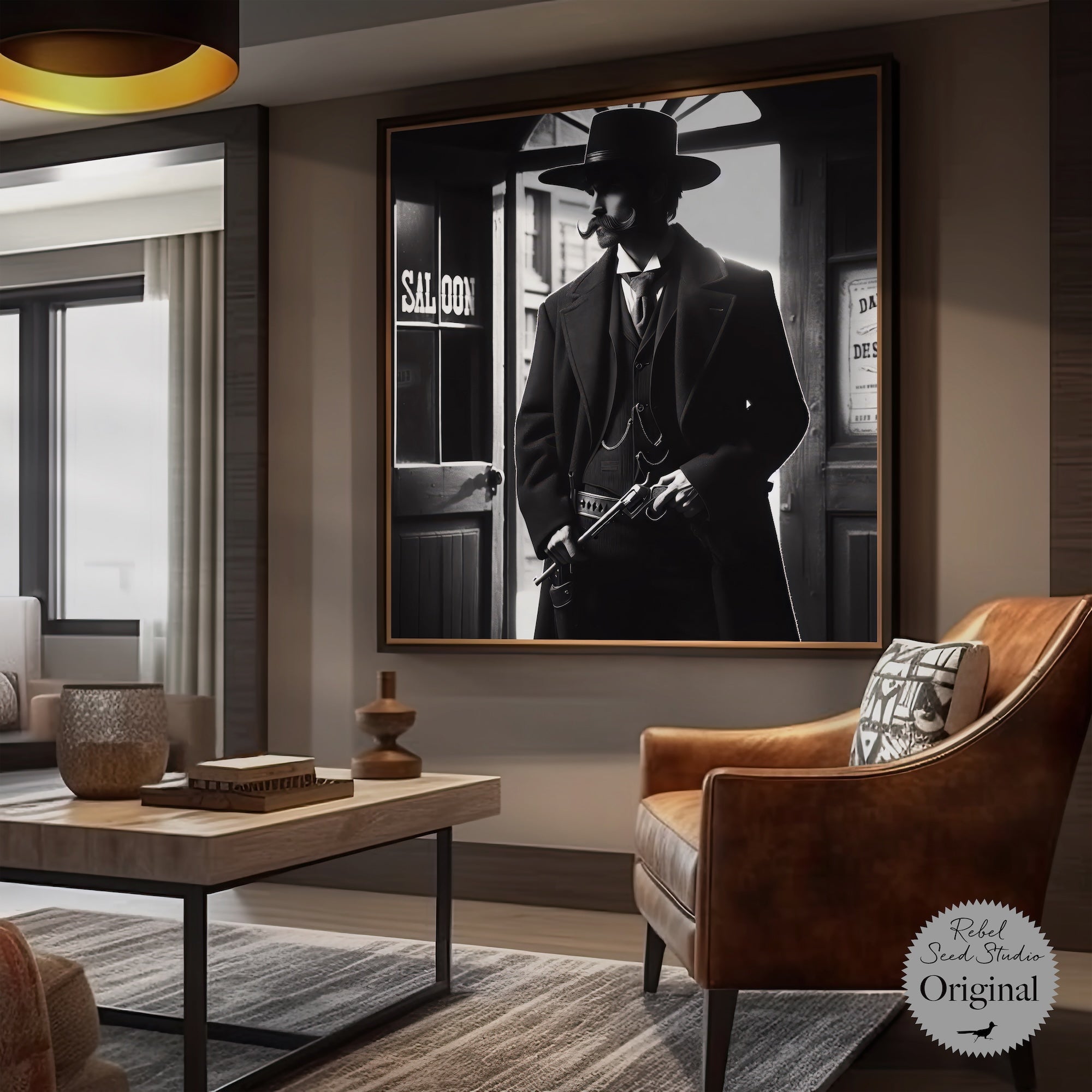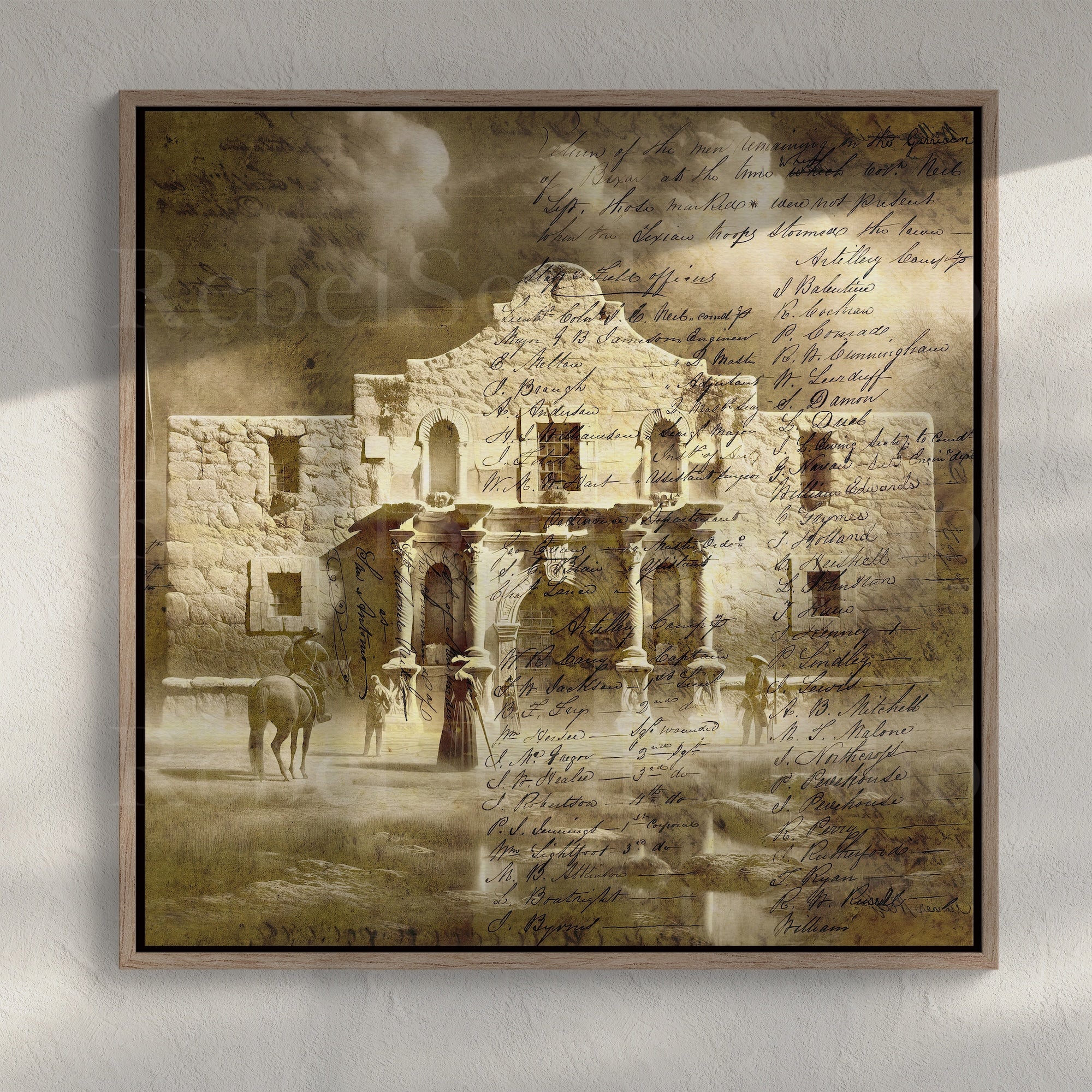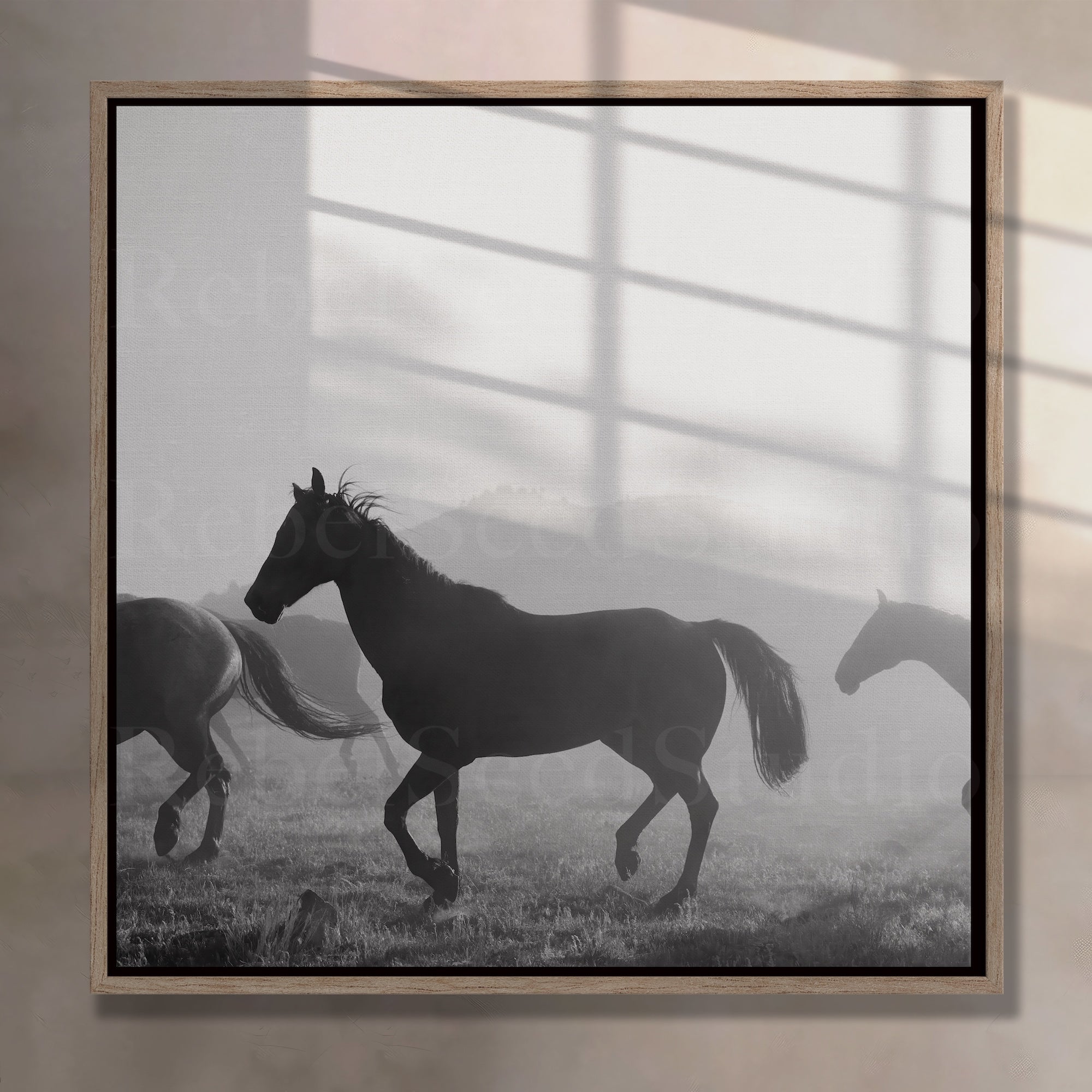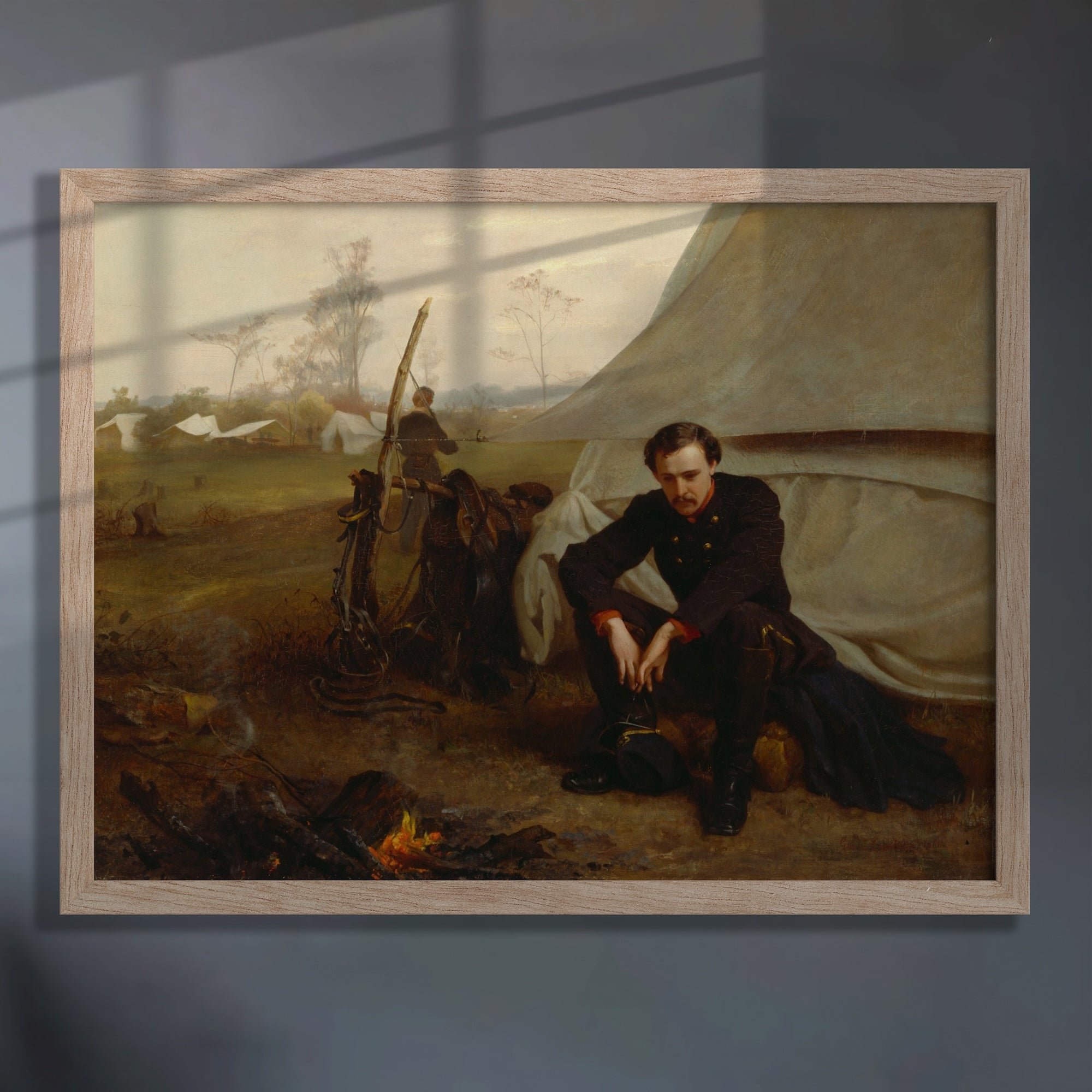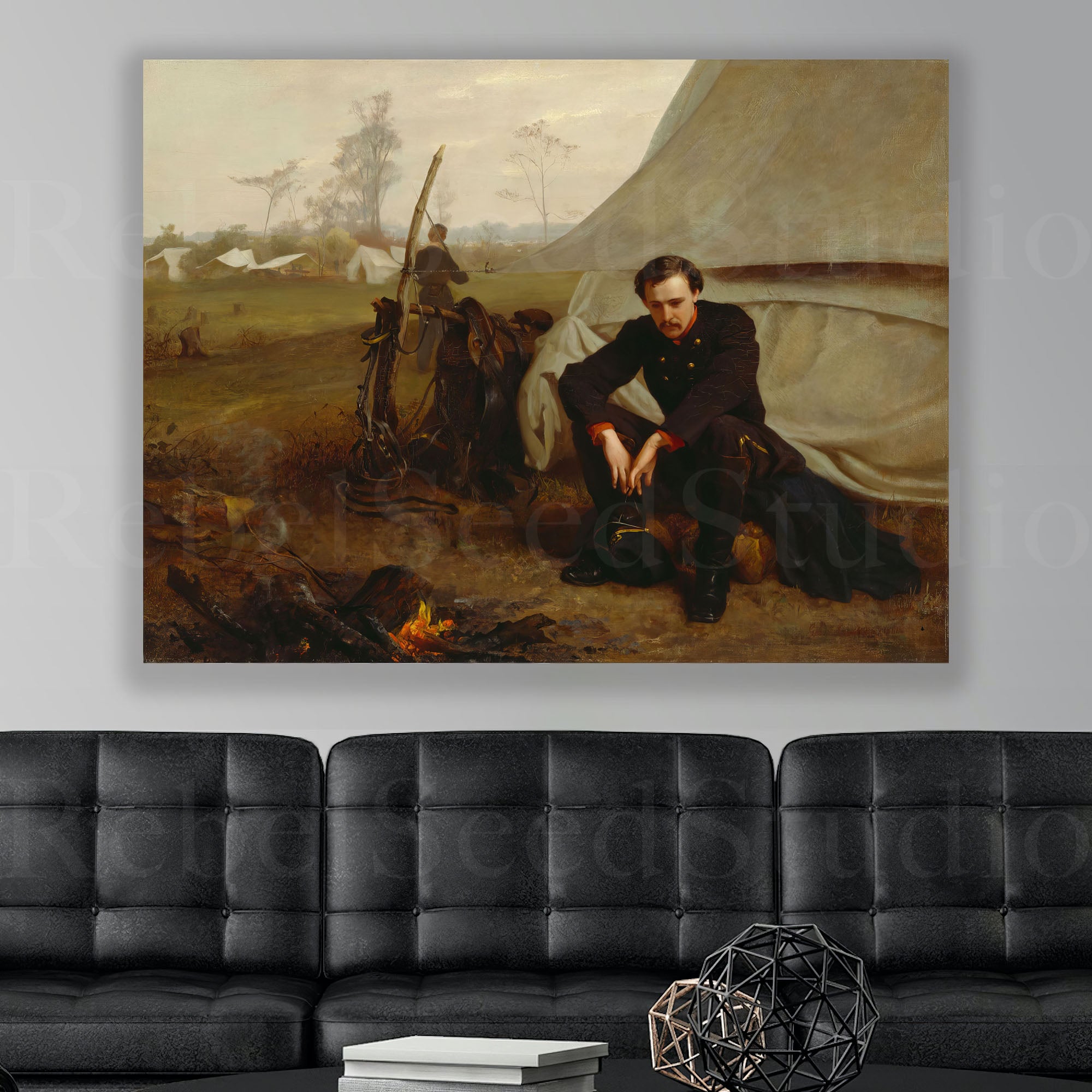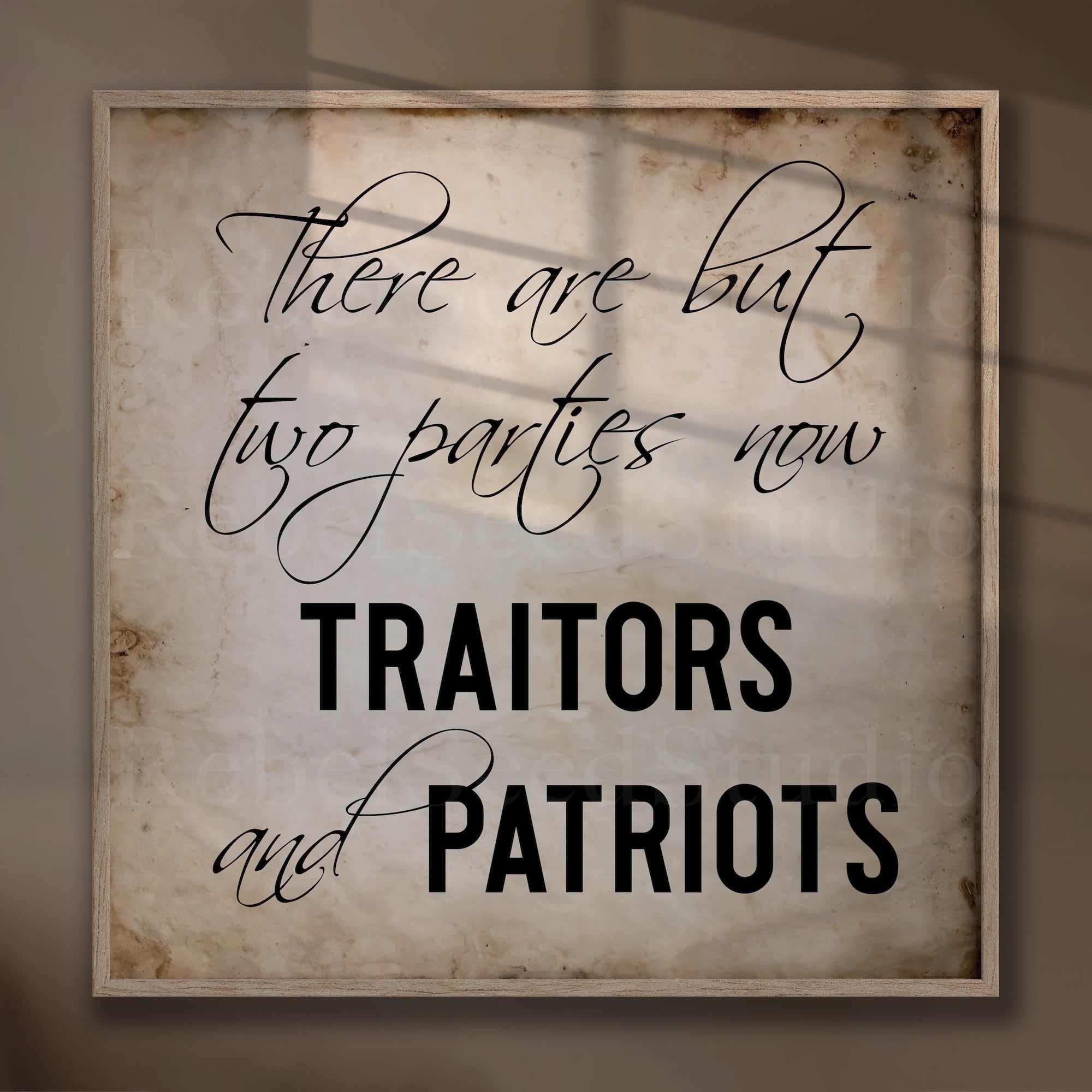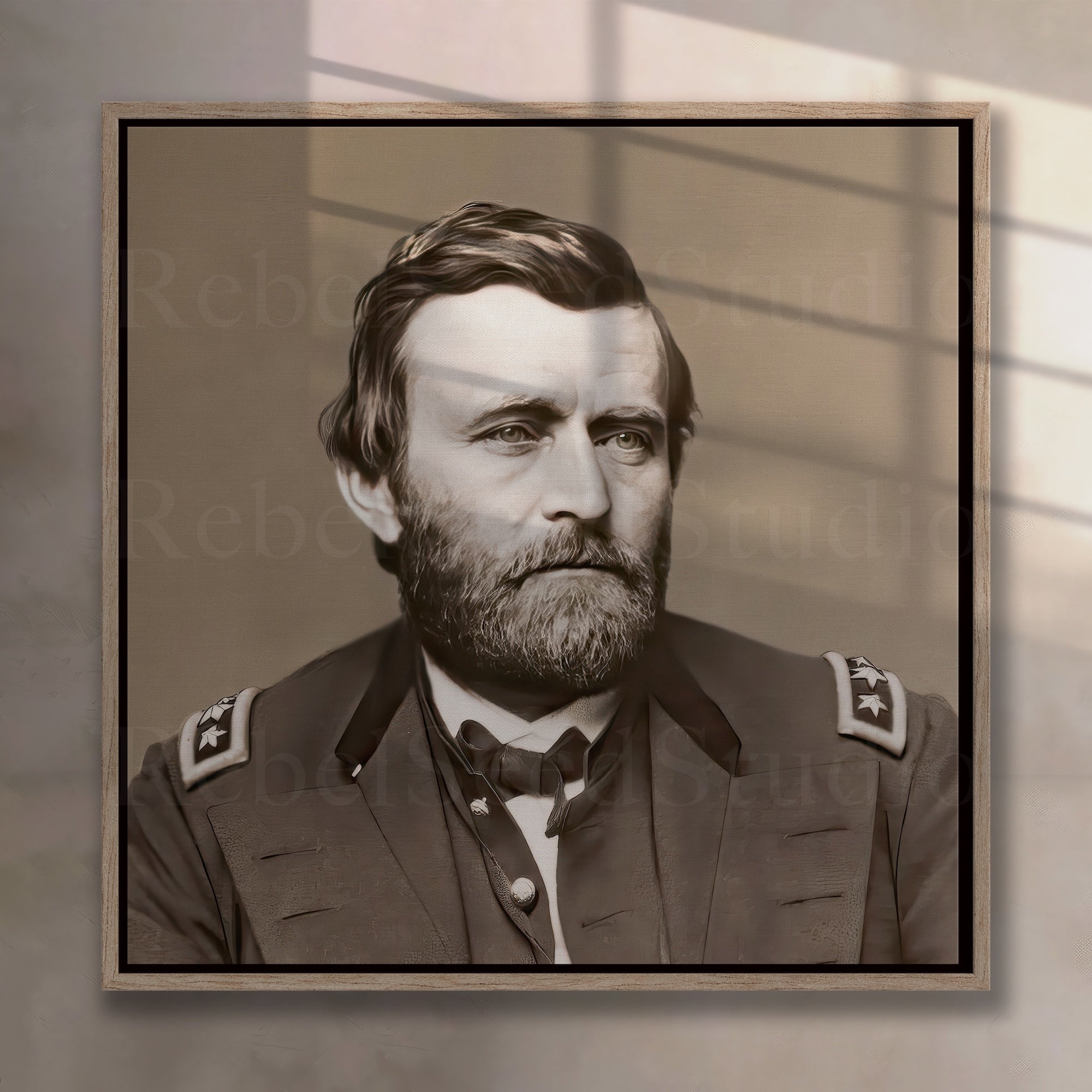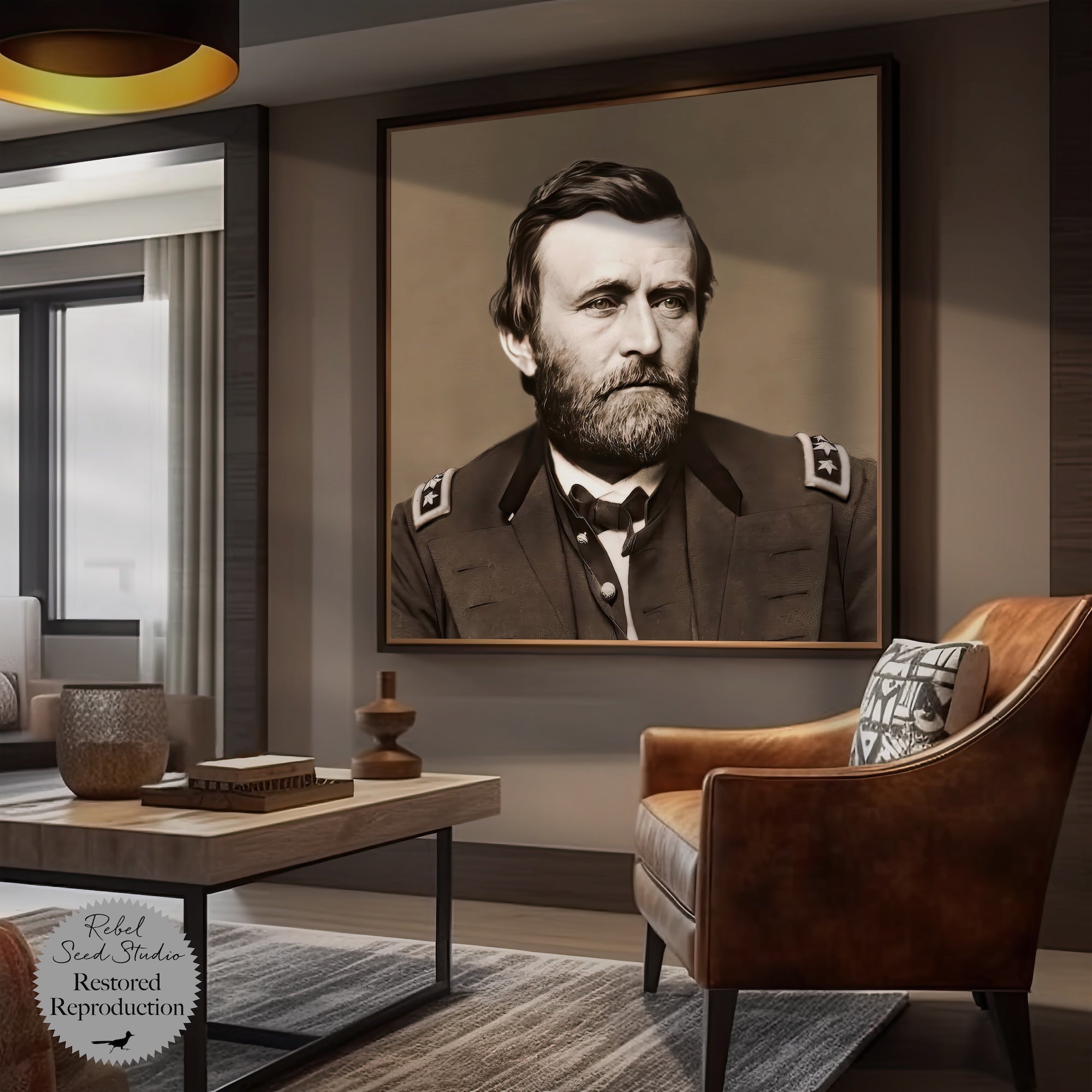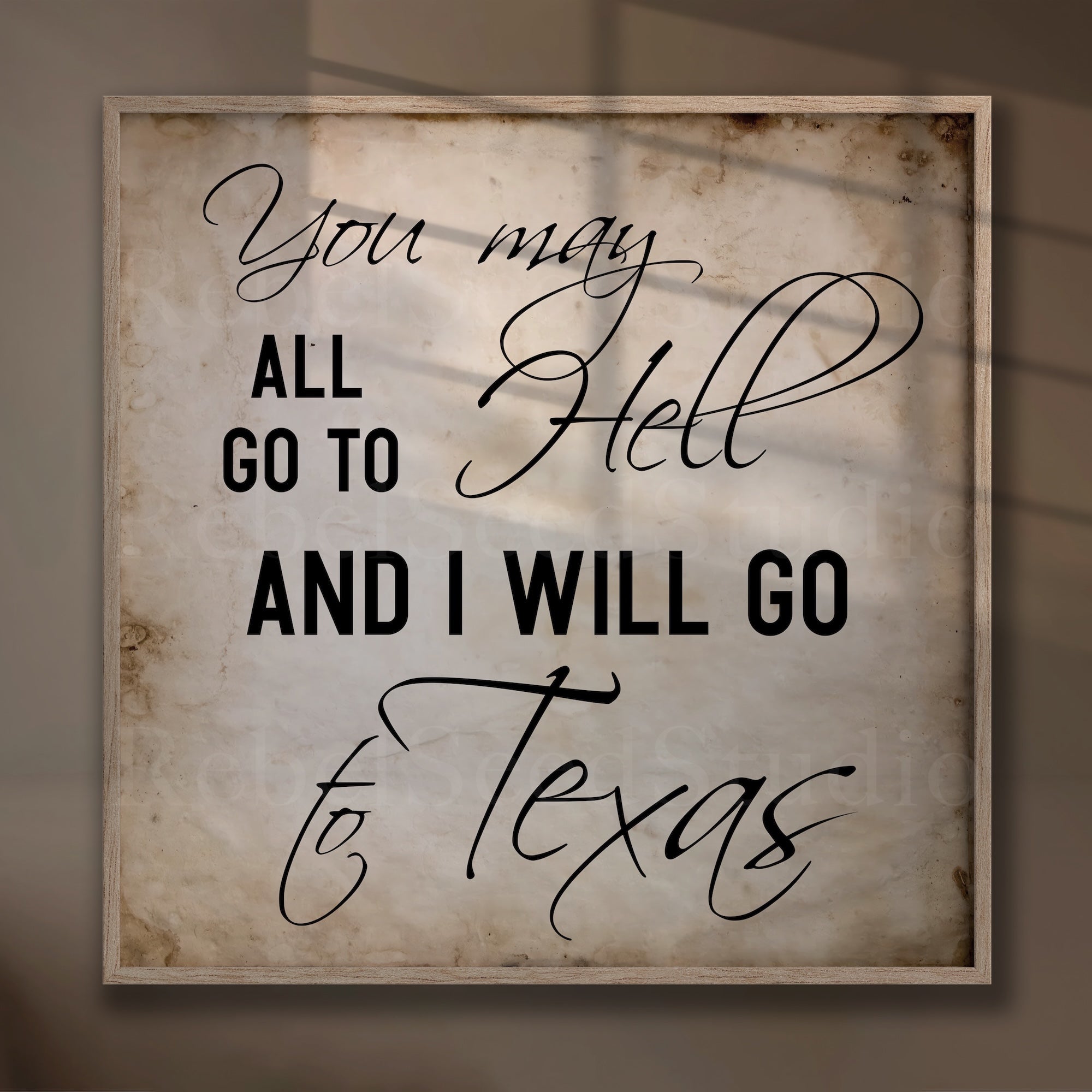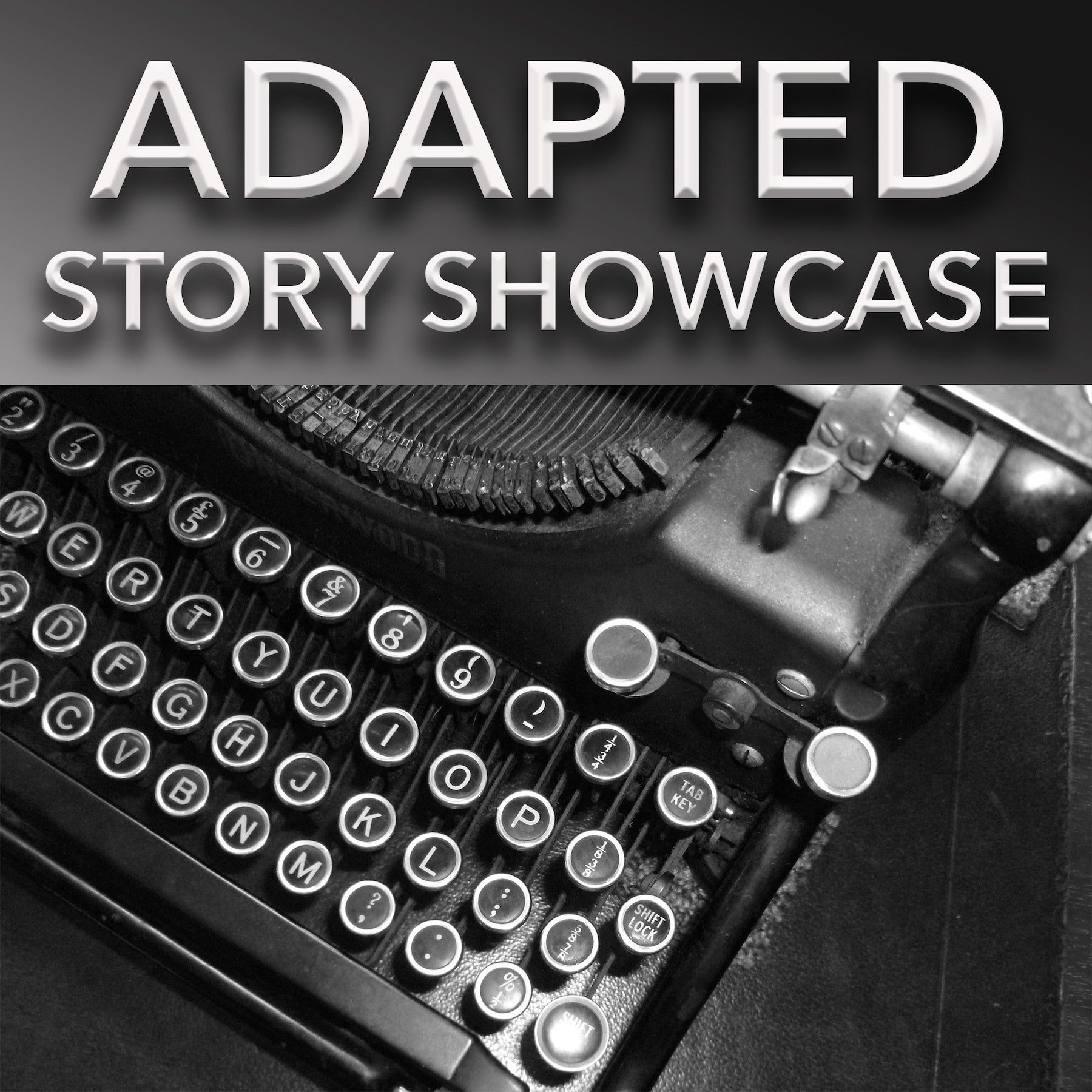Article: Wild Bill: The True Story of the American Frontier's First Gunfighter (Book Notes)
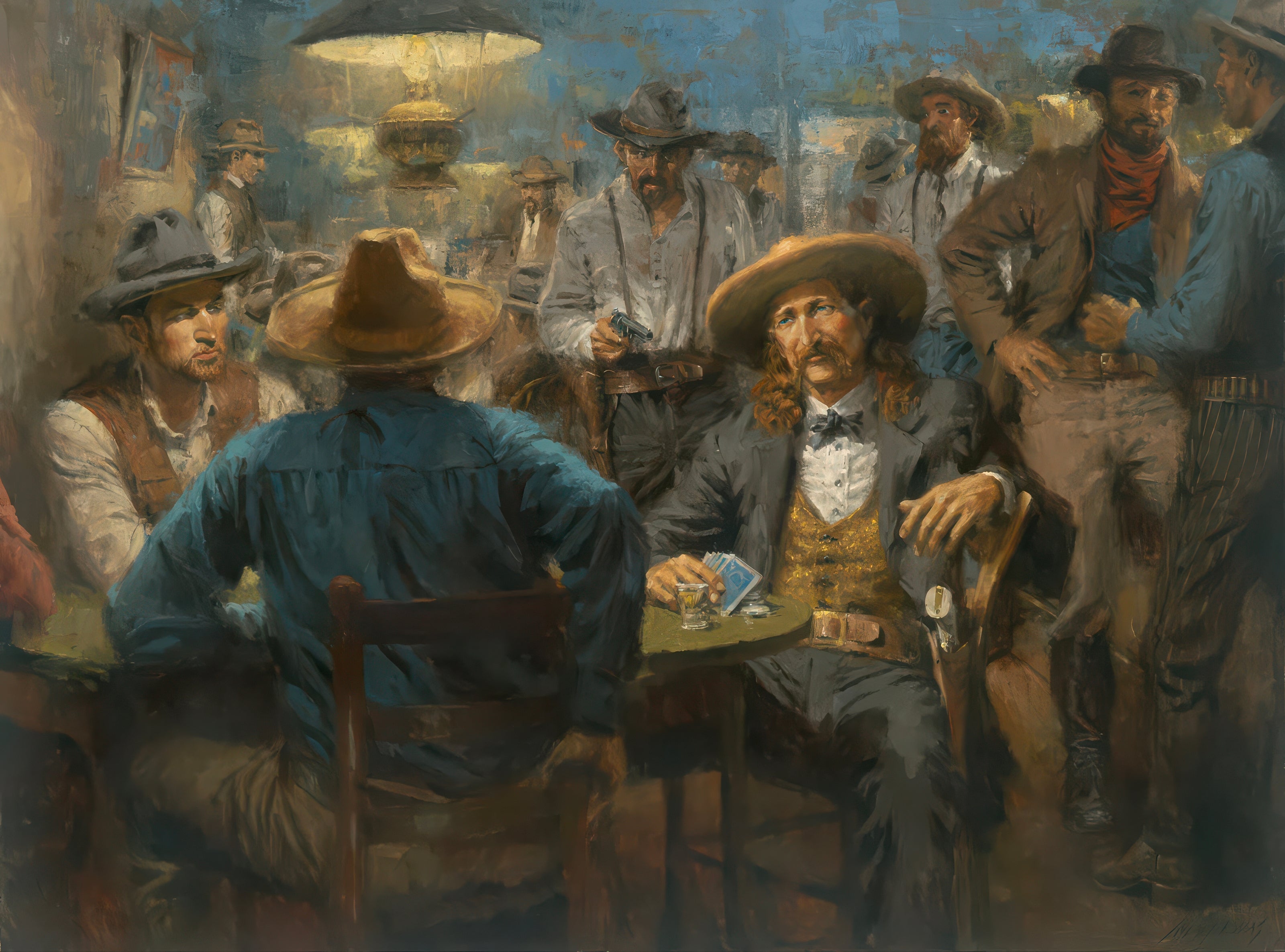
Wild Bill: The True Story of the American Frontier's First Gunfighter (Book Notes)
Wild Bill: The True Story of the American Frontier's First Gunfighter by Tom Clavin is an exhilarating and meticulously researched biography of James Butler “Wild Bill” Hickok, one of the most iconic figures of the American Old West. Clavin’s narrative is an exploration of the man behind the legend, focusing on the real-life exploits of Hickok and how his reputation as the West’s first gunfighter grew over time.
Clavin begins the book by tracing Hickok’s early life in Illinois, examining the factors that shaped him into a man who would become synonymous with the untamed spirit of the American frontier. Born in 1837, Hickok grew up during a period of intense national conflict, with the tensions of the Civil War shaping much of his early experiences. He started his career as a teamster and later worked as a lawman, scout, and gambler, eventually making a name for himself as a sharpshooter and gunfighter.
The biography details some of Wild Bill’s most famous and controversial moments, including the “McCanles Massacre,” which was one of his first encounters with deadly violence. Clavin provides a detailed account of how Hickok’s reputation for being quick with a gun began here, although the events and Hickok's role in them remain disputed.
Clavin spends a good portion of the book recounting Hickok’s time as a Union soldier and scout during the Civil War. This period honed Hickok’s gunfighting skills and solidified his reputation as a fierce, brave man with a penchant for justice. After the war, Hickok became a lawman in the Wild West, including famous stints in Kansas towns like Hays and Abilene, where he enforced the law with a combination of fearlessness and ruthlessness. His gunfights, particularly his legendary duel with Davis Tutt, where Hickok killed Tutt in a “quick-draw” showdown, cemented his place as the first true “gunslinger” of the American West.
Hickok’s reputation wasn’t just born from his skills with a gun, but also from the emerging media landscape of the time. Clavin discusses how dime novels and newspaper accounts, often sensationalized, contributed to turning Wild Bill into a larger-than-life legend. He was the subject of wild stories, some based in truth and others in pure fabrication. Clavin carefully differentiates between historical fact and myth, presenting a balanced view of how Hickok’s image was crafted by the media of his day.
Despite his fame, Hickok’s life was marked by personal tragedies and insecurities. He was often adrift, uncertain of his future, and burdened by the weight of his legend. In his later years, Hickok struggled with failing eyesight and a deteriorating health condition, which made it increasingly difficult for him to live up to his deadly reputation. His life came to a tragic and ironic end in 1876 when he was shot in the back while playing poker in Deadwood, South Dakota. He was holding what would become known as the "dead man's hand" – aces and eights.
Clavin’s biography not only examines Hickok’s life but also delves into the broader context of the American West during his time. The book offers insights into the rapid changes that were occurring in the frontier as railroads, lawmen, and settlers encroached on Native American territories, and how men like Hickok fit into this evolving landscape. It paints a vivid picture of the West as a place of lawlessness, opportunity, and myth-making, with Hickok standing at the center as one of its defining figures.
Book Notes
- One of the standout features of Wild Bill is Clavin’s attention to historical detail. He doesn’t merely rely on popular stories and myths; instead, he digs deep into archives and historical documents to uncover the true events of Hickok’s life. This results in a more complex and accurate portrayal of Hickok, one that strips away the sensationalism and reveals the man beneath the legend.
- Clavin strikes a delicate balance between recounting the exciting, often violent episodes of Hickok’s life and exploring his personal struggles. Readers get to see Hickok not just as a gunfighter, but as a flawed individual who grappled with the fame and notoriety thrust upon him. Clavin also contextualizes Hickok’s life within the broader sweep of American history, making it clear that Hickok’s story is part of the larger narrative of the American West.
- Despite being a historical biography, Wild Bill reads like an adventure novel at times. Clavin’s writing is clear, fast-paced, and engaging, making it easy for readers to get caught up in the action of Hickok’s numerous shootouts and exploits. The narrative is peppered with vivid descriptions of frontier life, making the world of the Old West come alive on the page.
- Clavin does a commendable job of distinguishing between the real man and the mythic figure that Hickok became. He does not shy away from pointing out the exaggerations and outright falsehoods that have surrounded Wild Bill’s story for over a century, and in doing so, he provides a more human and relatable portrait of Hickok.
SUMMARY: Wild Bill: The True Story of the American Frontier's First Gunfighter is an engrossing and informative biography that paints a rich portrait of one of the West’s most enduring figures. By drawing a clear line between the real and the mythical Wild Bill, author Tom Clavin offers readers a more authentic look at the life and legacy of James Butler Hickok. For anyone interested in the American West, frontier history, or the development of American mythology, this book is a must-read.
Painting Credit: Wild Bill's Last Deal by Andy Thomas
Get the Book: Digital Book (Apple Books) | Audiobook (Apple Books)
Related Art: Wild Bill Hickok Series


